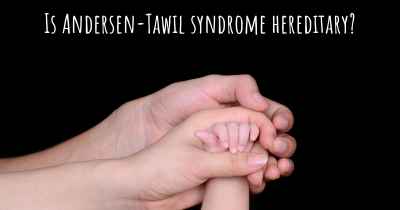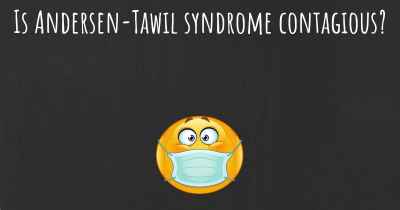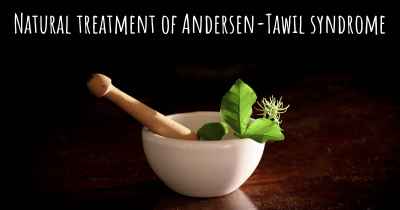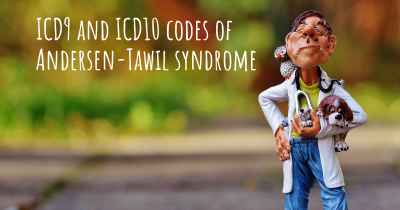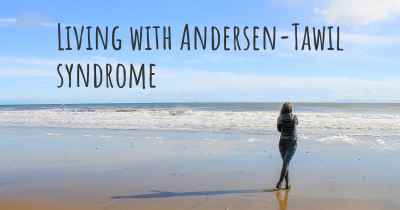What are the best treatments for Andersen-Tawil syndrome?
See the best treatments for Andersen-Tawil syndrome here
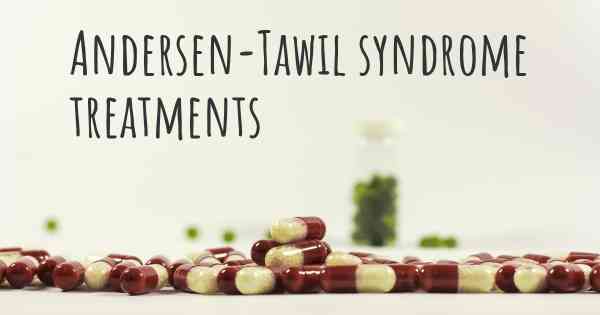
Andersen-Tawil syndrome (ATS), also known as long QT syndrome type 7, is a rare genetic disorder that affects the electrical activity of the heart. It is characterized by a triad of symptoms including periodic paralysis, cardiac arrhythmias, and distinctive physical features. The condition is caused by mutations in the KCNJ2 gene, which encodes a potassium channel protein involved in maintaining the normal rhythm of the heart.
Treatment for Andersen-Tawil syndrome focuses on managing the symptoms and reducing the risk of cardiac arrhythmias and paralysis episodes. A multidisciplinary approach involving cardiologists, neurologists, and geneticists is often necessary to provide comprehensive care for individuals with ATS.
Cardiac Arrhythmias Management
Cardiac arrhythmias are a significant concern in ATS and require careful monitoring and treatment. The following interventions are commonly used:
- Antiarrhythmic medications: Medications such as beta-blockers (e.g., propranolol) and sodium channel blockers (e.g., mexiletine) may be prescribed to help regulate the heart's electrical activity and prevent arrhythmias.
- Implantable cardioverter-defibrillator (ICD): In severe cases or when medications fail to control arrhythmias, an ICD may be implanted. This device monitors the heart's rhythm and delivers an electric shock if a life-threatening arrhythmia is detected.
- Avoidance of triggers: Certain factors like stress, strenuous exercise, and certain medications can trigger arrhythmias in individuals with ATS. Identifying and avoiding these triggers is crucial in managing the condition.
Periodic Paralysis Management
Periodic paralysis episodes in ATS can be debilitating and require specific management strategies. The following approaches are commonly employed:
- Potassium supplementation: During episodes of paralysis, oral or intravenous potassium supplementation may be administered to help restore normal muscle function.
- Avoidance of triggers: Similar to arrhythmias, certain triggers like high-carbohydrate meals, stress, and strenuous exercise can precipitate paralysis episodes. Identifying and avoiding these triggers is essential.
- Physical therapy: Regular physical therapy can help improve muscle strength and flexibility, reducing the frequency and severity of paralysis episodes.
Genetic Counseling and Family Screening
Given that ATS is a genetic disorder, genetic counseling is crucial for affected individuals and their families. Genetic counselors can provide information about the inheritance pattern, recurrence risks, and available testing options. Additionally, family members may undergo genetic testing to identify carriers of the KCNJ2 gene mutation, even if they are asymptomatic. Early identification of carriers allows for proactive monitoring and preventive measures.
Lifestyle Modifications
Individuals with ATS can benefit from certain lifestyle modifications to minimize the risk of arrhythmias and paralysis episodes:
- Avoidance of certain medications: Some medications, such as certain antiarrhythmics and medications that lower potassium levels, should be avoided as they can exacerbate symptoms.
- Regular exercise: Engaging in regular, moderate exercise can help improve cardiovascular fitness and overall well-being. However, individuals should consult with their healthcare team to determine the appropriate exercise regimen.
- Stress management: Stress can trigger arrhythmias and paralysis episodes in ATS. Employing stress management techniques such as relaxation exercises, meditation, and counseling can be beneficial.
- Dietary considerations: Maintaining a balanced diet and avoiding high-carbohydrate meals can help reduce the frequency of paralysis episodes.
In conclusion, Andersen-Tawil syndrome is a complex disorder that requires a comprehensive approach to management. Treatment primarily focuses on controlling cardiac arrhythmias, managing periodic paralysis episodes, providing genetic counseling, and implementing lifestyle modifications. Close collaboration between healthcare professionals and individuals with ATS is essential to tailor treatment plans to individual needs and optimize long-term outcomes.
Posted Nov 25, 2017 by Christian 300


